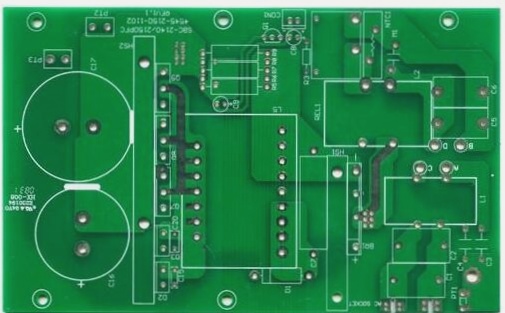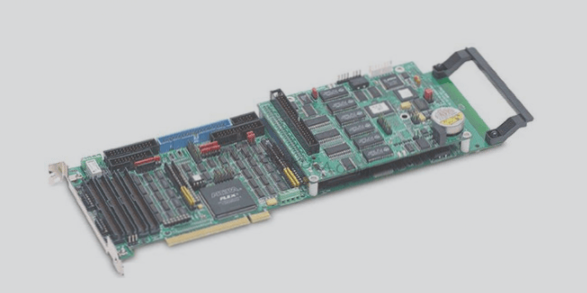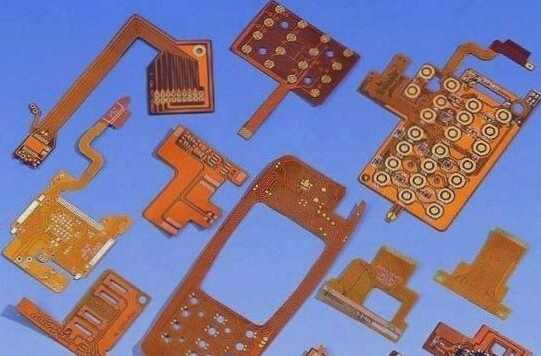Challenges and Solutions for PCB Warping in Surface Mount Technology
In an automatic surface mount line, ensuring the circuit board’s flatness is crucial to prevent inaccurate component positioning and potential damage to the automatic mounter.
Warped PCBs can lead to difficulties in trimming component leads and fitting the board into its case or socket after component population.
As surface mount technology advances towards higher precision and speed, PCBs must exhibit superior flatness to accommodate a wide range of components.
The IPC standard specifies allowable warpage limits for PCBs with and without surface mount devices, with some manufacturers imposing even stricter limits to meet high-precision demands.
Deformation in PCBs is caused by thermal stresses from the combination of copper foil, resin, and glass fabric during manufacturing processes like high-temperature exposure and mechanical cutting.
Various factors such as uneven copper distribution, heat-shrinkage, and connections between layers contribute to PCB deformation, posing challenges for manufacturers.
Key Points on PCB Deformation:
- Uneven copper distribution can lead to bending and warping.
- Heat-shrinkage causing stress can soften the board, resulting in warping.
- Connections between layers, like vias, restrict board movement and contribute to bending.
Causes of PCB Deformation:
- The weight of the PCB itself can cause denting and deformation.
- V-Cuts and connecting strips influence board deformation, especially at the cut areas.
Impact of Materials and Processing on Deformation:
- Pressing core boards, prepreg, and copper foil together can lead to deformation based on the materials’ coefficient of thermal expansion.
- Deformation during PCB processing is influenced by both thermal and mechanical stresses.
Deformation During PCB Processing:
Deformation during PCB manufacturing is a result of thermal and mechanical stresses, categorized by processes like copper-clad raw materials.
Copper-Clad Laminates and PCB Deformation
Copper-clad laminates are essential in PCB manufacturing, with a symmetrical structure that helps prevent deformation during lamination. However, variations in resin curing speeds and dynamic viscosity changes can lead to localized stress, potentially causing deformation over time.
Pressing Process
Thermal stress during lamination is a primary concern in PCB manufacturing. The complexity of PCBs makes it challenging to eliminate thermal stress completely, leading to potential stress release during subsequent operations like drilling or forming, resulting in deformation.
Solder Mask and Character Baking
During the curing of solder mask inks, PCBs must not overlap to prevent deformation. The high curing temperatures near the material’s Tg point can make the board elastic, susceptible to deformation under its weight or airflow force in the oven.
Hot-Air Soldering Flatness
In hot-air solder leveling machines, rapid temperature changes during the soldering process can induce thermal stress in PCBs, causing microscopic strains and overall warping due to material and structural differences within the board.
Storage Impact
Improper storage of PCBs, especially those under 2.0mm thick, can lead to mechanical deformation. Factors like shelf adjustments and stacking methods play a crucial role in preventing deformation during storage.
- Preventing Warping and Deformation
PCB warping can disrupt component placement and alignment after soldering, impacting the functionality of the final product. Ensuring proper board alignment is essential to prevent issues during subsequent processes and product functionality.




